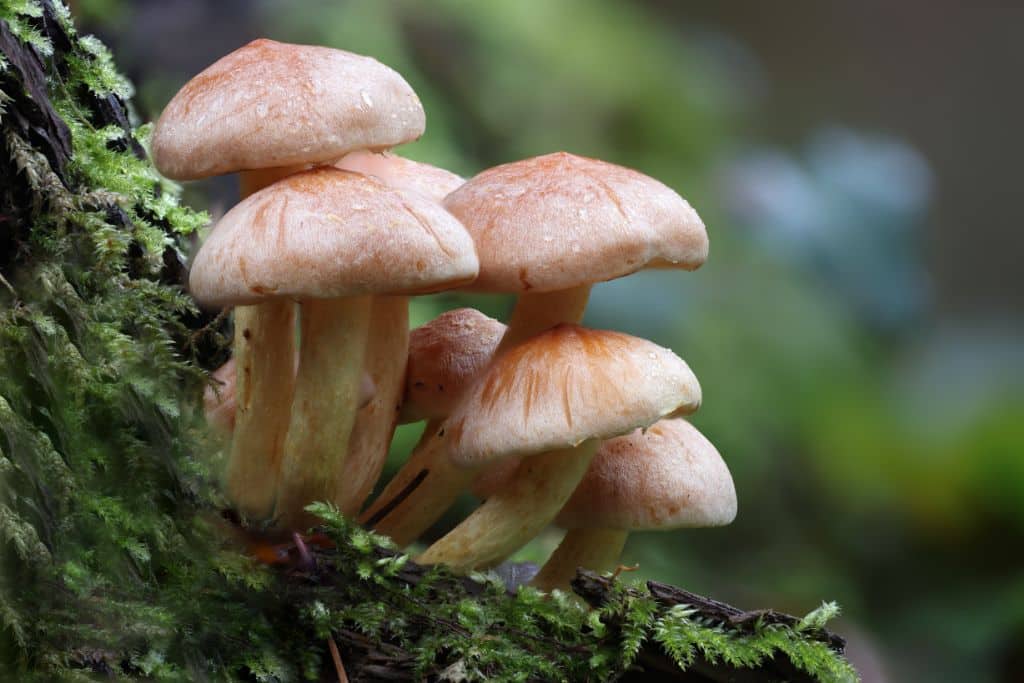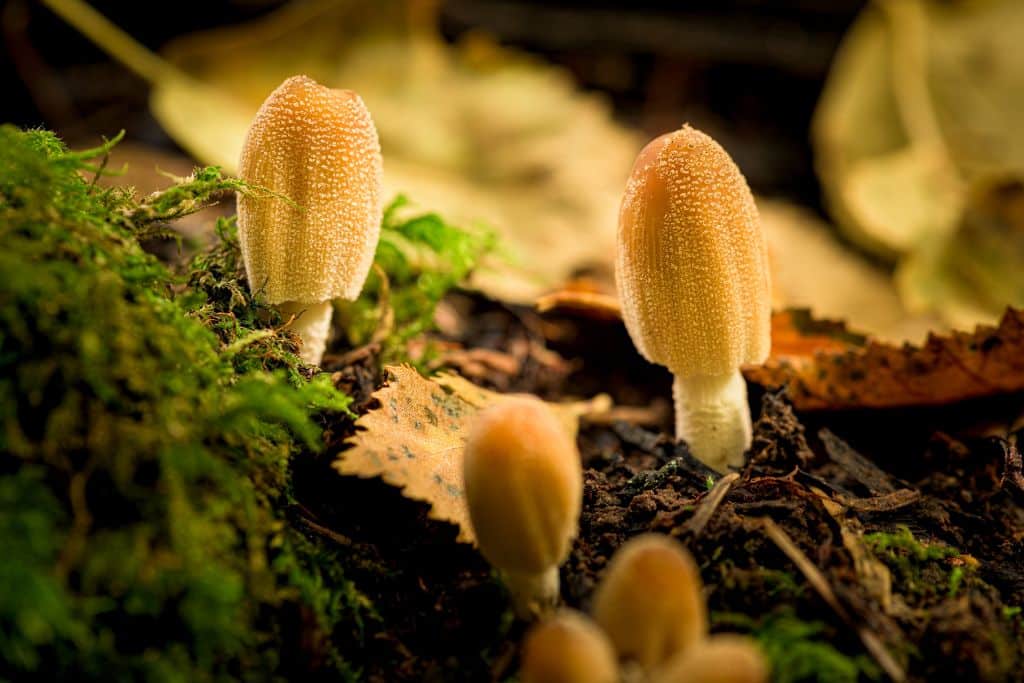The significance of fungi in maintaining the intricate balance of life on our planet cannot be overstated. Found in a wide range of diverse environments, these remarkable organisms hold the key to maintaining the health and harmony of our ecosystems. From decomposing organic matter to forming symbiotic relationships with plants to carbon sequestration, fungi perform a myriad of essential functions that underpin the very foundation of life on our planet. Indeed, as mycologists continue to discover more about the extraordinary biochemical impacts of fungi, the evidence is piling up in favour of mycologist Paul Stamets’ observation that “mycelium is the neurological network of nature.”
—
Decomposition and Nutrient Cycling
Fungi are the ultimate recyclers in nature, breaking down complex organic matter and returning vital nutrients to the soil. By secreting powerful enzymes, they efficiently decompose dead plant and animal material, accelerating the natural process of decay. Through this decomposition process, fungi play a crucial role in nutrient cycling, ensuring the availability of essential elements like carbon, nitrogen, and phosphorus for other organisms.
Without fungi, these vital nutrients would remain locked within dead matter, limiting their availability and hampering the growth of other organisms in the ecosystem. Moreover, as decomposers, saprophytic fungi help reduce the incidence of disease in mammal populations by effectively removing carcasses and carrion from the landscape, while their deconstruction of fallen trees, branches, and leaves keeps moribund material to a minimum.
Symbiotic Relationships
Fungi forge fascinating partnerships with other organisms, forming mutually beneficial relationships known as symbiosis.
One of the most remarkable examples is mycorrhizal associations, where fungi establish intricate networks with plant roots. In exchange for carbohydrates produced by the plant through photosynthesis, fungi enhance the plant’s ability to absorb water and nutrients from the soil. This symbiotic bond is estimated to be crucial for over 90% of plant species, enabling their survival, growth, and resilience in various ecosystems worldwide. Indeed, these fungal networks can connect the roots of different species of flora, further developing natural interdependence and drastically enhancing the diversity of the soil microbiome. When connected in such a manner, these networks are known as common mycorrhizal networks (CMNs), which are essential for the resilience of botanical systems because they facilitate the sharing and reconfiguration of water and nutrients by a whole community of plant species.
Furthermore, endophytic fungi reside within the tissues of plants without causing harm, providing numerous benefits such as increased resistance to diseases and pests. These hidden allies contribute to the overall health and resilience of plant populations, playing an essential role in maintaining the stability and biodiversity of ecosystems.
A particularly salient example can be found in the recent study by Di Lelio and colleagues, who found that the resistance of certain tomato plants to pest insects is caused by a symbiotic soil fungus (Trichoderma afroharzianum) that alters the insect’s gut microbiome. In essence, the fungus affects the survival of the larvae of Spodoptera littorals, dramatically reducing the incidence of predation and crop destruction. Significantly, for regenerative farming, a greater understanding of the benefits wrought through these myriad examples of symbiosis will help us to eliminate the use of artificial chemical inputs to the food chain over time.

From decomposing organic matter to forming symbiotic relationships with plants to carbon sequestration, fungi perform a myriad of essential functions that underpin the very foundation of life on our planet.
Ecological Balance and Conservation
Fungi act as regulators of ecological balance by interacting with other organisms, including bacteria, plants, and animals. They influence the population dynamics of various species, including insects, by serving as a food source or by producing compounds that attract or repel them. These highly diverse compounds have also been a major source of assistance to human populations in increasingly interesting ways. The use of fungi in pharmacology, such as antibiotics, saves millions of lives a year, while “fungi-derived leather substitutes” are gaining ground as alternative, ethical fabrics.
Additionally, certain fungi have symbiotic relationships with insects, such as ants and termites, aiding in nutrient cycling and the decomposition of plant materials. Indeed, to certain insect species, fungi have become essential for life. So-called “Fungus-Growing” termites lack the enzymes in their digestive systems to break down the cellulose in plant material. Fungus-Growers therefore actively cultivate fungi in their colony which externally digest cellulose, thereby releasing the previously inaccessible nutrients in the plant-derived material to the termites.
The ecological services provided by fungi extend beyond their direct interactions. Fungi contribute to soil formation, promoting its structure and fertility. They help control soil erosion, retain moisture, and enhance the soil’s ability to sequester carbon to the tune of 36% of annual CO2 emissions. They also have the capacity to break down pollutants and toxins, contributing to the detoxification of contaminated environments. As we start to restore the planet, the removal of toxic substances – including plastics – will be essential to liberating ecosystems from a legacy of human destruction and as we learn more about fungi, their potential to assist in this regard becomes more apparent.
Conserving fungal diversity is of paramount importance, as it directly impacts the health and functioning of ecosystems. Unfortunately, habitat destruction, pollution, climate change, and invasive species pose significant threats to fungal populations worldwide. Recognising the value of fungi and implementing conservation strategies that protect their habitats is crucial for maintaining the delicate balance of our planet’s ecosystems.
Conclusion
Fantastic Fungi, as Paul Stamets’ Netflix show is titled, is an apt description of this extraordinary kingdom. Their ability to decompose organic matter, form symbiotic relationships, regulate ecological balance, and contribute to nutrient cycling highlights their indispensability in the web of life. Understanding and appreciating the vital role of fungi is essential for promoting sustainable practices, protecting biodiversity, and ensuring the health and resilience of our ecosystems for generations to come. By acknowledging the hidden heroes beneath our feet, we can foster a deeper appreciation for the interconnectedness of all living organisms and strive for a more harmonious coexistence with nature.
You might also like: The Untapped Potential of the Amazon’s Plastic-Eating Mushroom



















